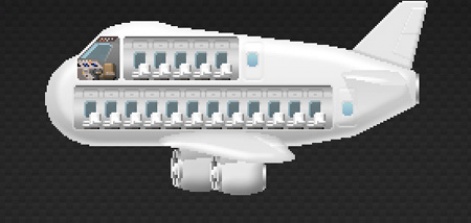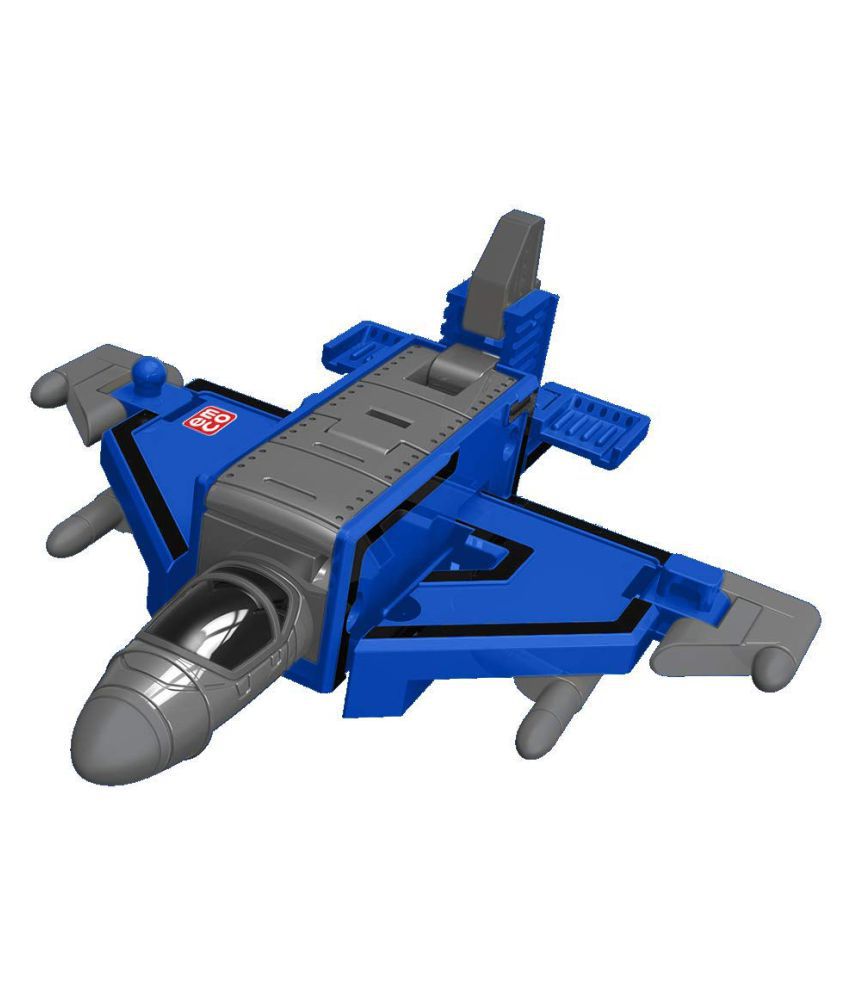

Pocket Planes Plane Slots Costume

Pocket Planes Plane Slots Cost Estimator

Pocket Planes Plane Slots Costumes
Home
The first chart measures plane efficiency. This shows the cost each plane incurs per passenger per mile. This data can be helpful to determine which planes to use to make the greatest profit per passenger regardless of how long it takes to move them. The color of the bar indicates the class of plane (grey = Class 1, blue = Class 2, red = Class 3, yellow = special aircraft). To make the chart more readable I left out the Starship which has a rating of 2 (twice as costly as the Concorde). Plane Efficiency
In general the higher the class of plane and high capacity the greater the cost. There are a few exceptions however like the Class 2 Birchcraft and the Class 3 Sequoia. These planes are very efficient for their size. Efficiency comes at a price however. Efficient planes tend to travel very slowly, and this can have an impact on the profit generated over a given amount of time. Efficient planes are desirable if your play-style involves infrequent check-ins with a lot of lag time between. In that case you will want to make sure you use more efficient planes so that you maximize profit per flight rather than profit over time. Earning Rate In order to determine the earning rate of a plane we need to know how distance and real-life time factors in to the equation.The coin value of an individual passenger is 50 coins plus the distance the passenger wants to travel. Through some testing I have found that the game calculates the real-life time of a flight by multiplying the distance by 11.2 and dividing that by the speed of the plane. The rounded value is the number of minutes of the trip. The equation is therefore: (D * 11.2) / S = Minutes. If we set Minutes to 1 we can then solve for D to determine the distance a plane can travel in a minute: D = S/11.2. Now that we have distance per minute we can combine that information with the cost per distance information used in the plane efficiency data. To calculate the overall profit per minute we multiply distance per minute by capacity of the plane and subtract the cost of the flight (distance per minute times cost per mile). This value can be seen for each plane in the following chart: A couple things should be noted when considering the above chart: - These numbers won't let you determine profit for a given flight as they don't take into account the 50 coin overhead profit per passenger. Also, you can't directly apply the 25% full-plane bonus since the bonus only applies to the earnings, and the above numbers have cost subtracted from earnings.
- The above numbers are ideal profits and assume that the passengers are moving directly to their destinations. In the case of layovers this is rarely the case, so in practice the profits per plane will not reach the above figures. The better your layover network the closer you will get to the maximum potential profit.
- The profit numbers also assume no downtime and that planes load up and take off as soon as they land. As noted in the previous section if you do not check in on the planes often and they sit idle for long periods then it might make more sense to base the fleet on efficiency rather then potential profit.
So based on this information, you can make some informed decisions on how to set up your network. You will want to set up routes that allow passengers to travel as directly from their origin to their destination as possible. You will also want to make sure that the majority of the distance each passenger travels is covered in either a low efficiency plane (fewer player interactions) or a high profit per minute plane (more player interactions). The decision on which plane to use when making the final hop (from hub down the spokes) is less important assuming the distance is not great. Instead you want to make sure the planes are either big enough or fast enough to keep a constant in/out flow so that the hub does not deplete or become a bottleneck. Otherwise, as long as you have a constant stream of 25% bonus flights and incoming passengers then your overall profit will be more effected by efficient hub routes connected by the right planes. |
|
Pocket Planes Plane Slots Cost Per

I'm coming up on 12,000 Bux (I currently have 11,801), which took me like forever! 12,000 is the mark I was going for, cause with that I'll be able to afford upgrade to 30 plane slots, buy all the big airports worldwide and upgrade them, and still have some pocket money left over. Planes are the sole means of transportation in Pocket Planes. They are responsible for carrying passengers and cargo from one airport to another. The aircraft in Pocket Planes are also used to deliver jobs, also known as flights, to Events. A plane's weight also matches its capacity, for example, a Bearclaw weighs 1 ton for its 1 slot. There are some exceptions e.g. If you have to upgrade your plane's fuel to reach further cities, do that. But with the bigger planes I have to upgrade Carbon Fiber first because I make more per flight and that becomes really important when the next plane slot is 1.6 million away. Also you receive 500xp for every bux you deliver. Hi guys new sky captain here. Iv recently rediscovered my loved for pocket planes but never really knew any of the meta when i played a few years back so I have a question. Which planes are best at which level ie. 1-3: 4-6: 7-9: 10-13: 14-17: 17-20: Thanks in advance for contributing to this important research.




